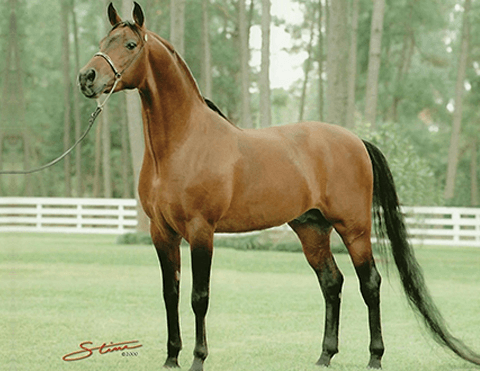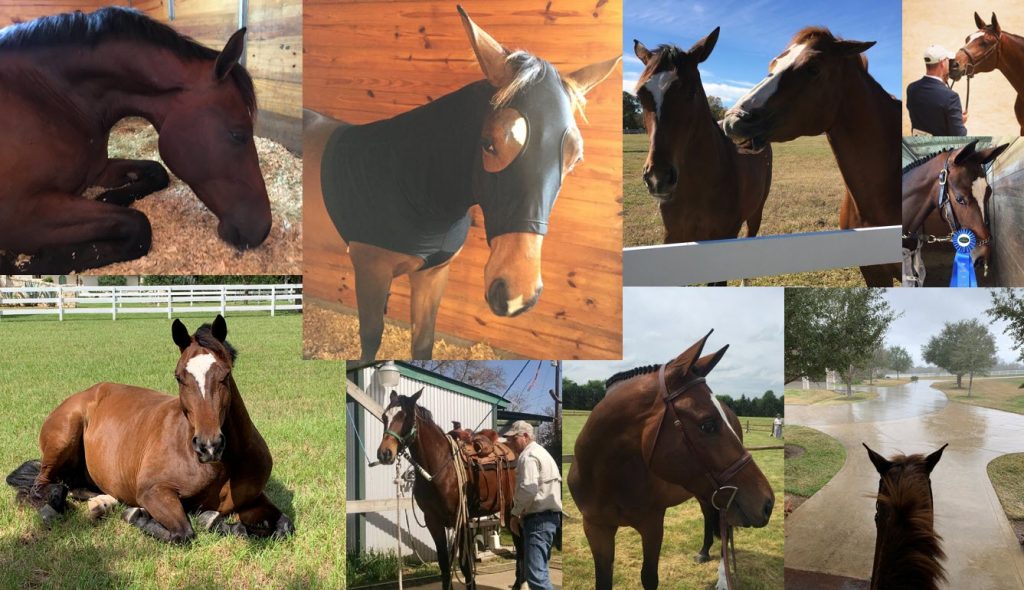
Meet Saving Gracie Equine Healing Foundation
April 4, 2021
Hurricane Preparation for Horses and Barn
June 9, 2021How do horses communicate moods?
Whether you are a barn owner, a barn manager, or take care of your own horses, we have all learned the unique ways animals express themselves. Horses often have peculiar ways of showing their emotions and learning how to read these can tell us much about our four-legged friends. How do horses communicate their moods?
What does a whinny actually mean?
First, let’s talk about the whinny. Horse trainer and brain scientist Janet Jones talks about the meaning of whinnies in her book Horse Brain, Human Brain. Horses can analyze sound frequencies across a 10 octave range. Their whinnies can travel as far as a half a mile away and are used to communicate within the herd.
Horses may be sharing that they are happy to see you, that they want food or attention now, that they want to continue to stay connected to stable mates as they leave the barn, or that there is a dangerous situation. It is speculated that horses may produce 10 million variations of their whinnies, with differing rhythms, frequencies, chords, intensities, and pitches. And, one horse’s “I’m happy to see you” whinny can sound completely different from the next horse.
Thus, their whinny demonstrates an audible communication of their mood.

Horse communicating he is alert with strong facial and neck expression
Does your horse whinny at you when you walk in the barn?
Growing up, I had a 17.2 Hanoverian junior horse who had the lowest and quietest whinny. He sounded like a soft, road rumble strip when he wanted to greet you or wanted food. I would laugh at this soft whinny coming from such a big horse. Conversely, I now have a miniature horse, Spike, who you can definitely hear the minute you come into the barn with his high pitch “hello”.
How do horses use ears to communicate their moods?
The ears of a horse have two functions: they funnel sounds coming from all directions and they can also clearly express their moods.
In general, the following ear positions will give you an indication of their moods:
Ears forward by relaxed. This position shows interest in something in front of them.
Ears turned back but relaxed. Similar to #1 above, this implies horses are typically listening or watching something behind them. If you are riding, they may be listening for you.
Stiff ears pointed forward (and possibly in movement). Your horse is likely looking for danger and may be alarmed or nervous about what is ahead.
Lazy ears or floppy ears. This position can indicate several moods of your horse. First, your horse may be calm and resting. Often when they doze, you will see them in this relaxed state. Another mood could be that your horse is sad, or that your horse is showing submission towards a stronger or dominant rival.
Ears pointed left and right. This position generally indicates they are paying attention to the scenery around them, and nothing is generally alerting them one way or the other.
One ear pointed forward and the other back. Horses may be expressing doubt in this instance. For instance, a horse may hold their ears in this position if a rider tries to explain something new and the horse isn’t understanding.
Ears stiffly backward. This position indicates they are annoyed or concerned about what is behind them. The caution here is that they may revert in kicking as a defense.
Ears flat against the neck. Often this is seen with an open mouth and indicates a violent and angry mood. In this case, horses may bite, kick, or strike out.

My horse, Oakley, communicating diverse expressions depending on his mood
Along with the ears, some other signs that can help you figure out horses’ moods
Nose sticking out, chewing and licking. These are signs of relaxation and acceptance.
Lazy ears and resting one hind leg. This position indicates resting. Just use caution to make sure horses are startled when you approach them in this state.
Tucking the tail down tightly. This is a defensive mechanism and indicates danger to the rear. As a result, horses my bolt forward, buck, or kick.
Switching of the tail. This indicates irritation. You will see this certainly if they have a horse fly on them, but some horses (like people) get irritated more easily, and often you can see this in their tail movements.
Swinging of the head to one side or another. This can be a threatening gesture. It can also indicate that the horse may have a pain point.
Putting these signals in action
All of these above physical movements and postures are certainly indications when you approach a horse in a stall or pasture. In addition, they are also very helpful to observe when grooming, tacking up, riding, or providing therapy. For example, when grooming, if you find that they are sensitive or getting twitch around a certain area, it may be an indication of an underlying concern. Often, horses that have ulcers will display these signs when grooming, tacking up, or when asking for transitions under saddle.
In addition, I have learned to really watch the signals in my Magnawave practice. I am constantly watching the horses’ expressions and adjusting the intensity or the coil location to make sure it is a pleasurable experience. And, just like mentioned above, each horse is different, so it truly is a skill to read the horse!
One way I use Equine Simplified is to document notes when I perform activities with the horses. I can record a Magnawave session with notes about where I see the most resistance or reaction. I record my rides and add notes if I observe crankiness or spooky locations that I need to go back and address. All of these comes from being able to understand what my horse is telling me.

Capturing treatment notes in Equine Simplified based on horse communication through her expressions
Final thoughts
In all, learning to read your horses will aid in the communication and the bond you have with horses. Each horse is unique, so spend your time learning how they communicate. In short…Focus on your Horses.


